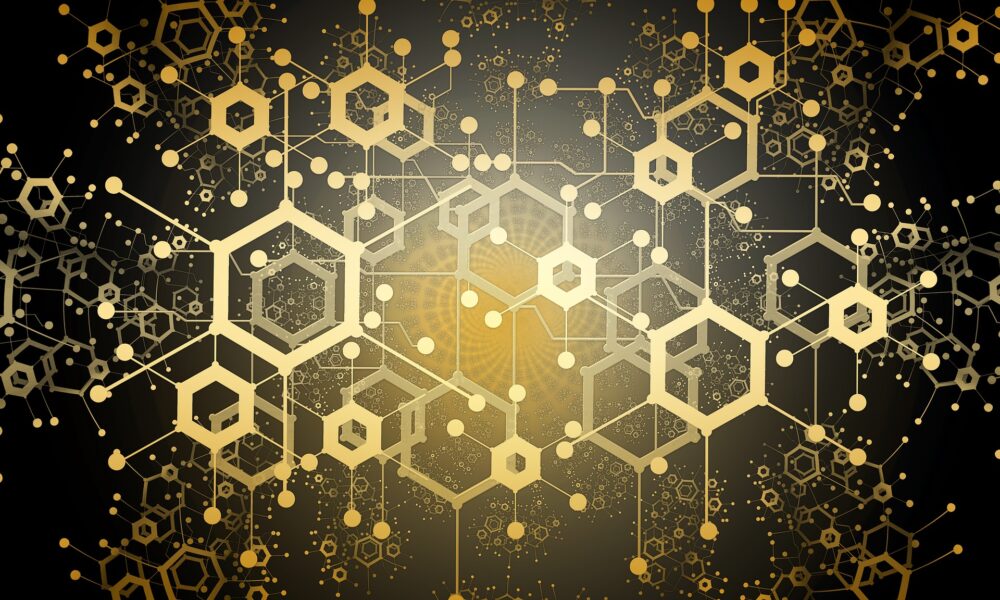Article Views: 779
Even the most conservative fields are evolving under the influence of modern technologies, and art is no exception. Digital currencies are changing the global economy and the art world. Thanks to modern technology and digital currencies, it is becoming more accessible, transparent and secure. These changes allow artists, collectors and investors to rethink the ownership and value of art objects.
Blockchain and smart contracts are at the heart of these changes. This technological leap in the art industry has triggered much the same changes as in the video game industry.
In this article, we will discuss the impact of blockchain technology on art in more detail.
About the Evolution of Blockchain Art and Technology
Blockchain, as mentioned above, could completely change the way we think about art and property rights in this area. We can say that blockchain allows us to interact much more easily with the creative sector. In the art industry, it has always been difficult to verify the authenticity and provenance of works. This is particularly difficult in the case of recognized masterpieces, which are often the subject of copies or attempted theft.
Fair remuneration of artists and respect of copyrights have also been problems for a long time, and blockchain technology and smart contracts could be the solution because blockchain technology is impenetrable.
NFTs show how blockchain can transform the art world. Using blockchain, artists can create and store unique works of art. Through these records, buyers receive proof of ownership and authenticity, all of which is public and requires no intermediaries.
Blockchain helps create a fairer and more reliable ecosystem for artists. Smart contracts allow creators to ensure that they will always receive their royalties. This innovation helps artists have more control in their hands.
Blockchain and democratized artistic property
One of the most unusual and promising things about blockchain is that it will make art more democratic. Previously, ownership of paintings or sculptures was reserved for very few people. Blockchain offers the possibility of fractional ownership, meaning more people will be able to own art objects.
Powered by tokenization, this concept allows a work of art to be divided into multiple digital tokens. Each token is a fraction of ownership open to art lovers of all budget levels. For example, well-known masterpieces that were only available in private collections or museums may be partly owned by people around the world.
It’s also a boon for artists because they can be found by more people and can get funding to complete their projects. Tokenized art increases engagement and community, so one can not only benefit from the artwork, but also feel part of the ecosystem.
Additionally, decentralized art markets powered by blockchain are booming. They operate without traditional intermediaries, reveal prices transparently at every point of sale and connect artists directly to customers. Like blockchain in video games, where players exchange assets directly for cryptocurrencies, the art industry is now incentivized by the same principles.
Authenticity and Provenance with Blockchain
Authenticity and origin are essential to the value of a work of art. Yet conventional approaches to confirming the history and authenticity of a work of art can be unreliable. These challenges are solved using blockchain.
Blockchain records cannot be edited. This means that artists, musicians and designers can register their work from the start and receive something like a certificate of authenticity. And any buyer can consult the entire history of an art object since its creation at any time.
Not only does this protect the buyer, but honest sellers and galleries can also increase their reputation. Blockchain can also help document provenance, even when it comes to physical art. For example, a physical artwork may be accompanied by a QR code linked to a blockchain record, combining the worlds of traditional art and technology.
The art market applies the same principles of asset transparency that we see in industries like video games, where in-game items are authenticated and securely exchanged. This brings digital and physical artworks to the same status so that their value is maintained and can never be altered.
Integrating Blockchain into the art market
Blockchain has the potential to revolutionize the art market while bringing challenges. The main concern is accessibility. Many artists and collectors do not understand blockchain. The steep learning curve may prevent widespread adoption.
Blockchain also has an impact on the environment. Many blockchain systems use energy-intensive proof-of-work algorithms. High energy consumption has sparked a discussion about the sustainability of NFTs. These concerns have led artists and platforms to turn to environmentally friendly blockchains to alleviate these concerns.
New Renaissance in the art world
Blockchain technology helps create a world where creativity connects with innovative technology. Blockchain offers artists and collectors solutions to long-standing issues of provenance, transparency and fair remuneration. The innovations also remove barriers to accessing new levels of financial accessibility for arts investments.
However, blockchain adoption faces challenges such as environmental sustainability, accessibility, and market volatility. Despite this, the application of blockchain in the arts creates many opportunities for creators and art lovers.

